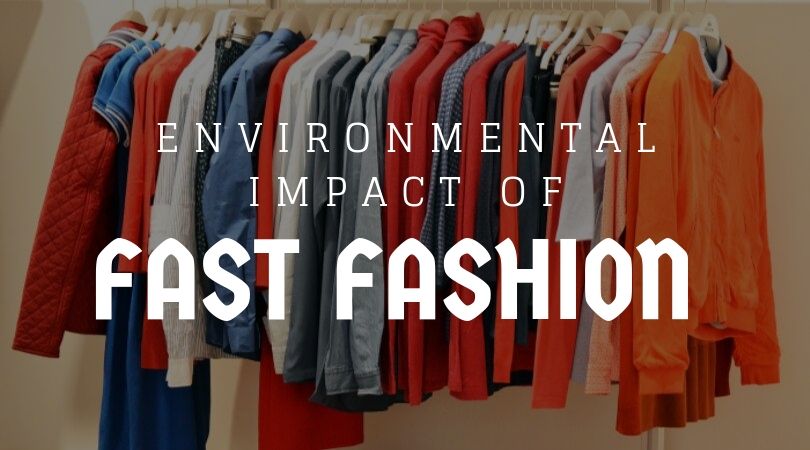Fast fashion has become a popular trend in the fashion industry, with clothing being produced quickly and inexpensively to meet the demands of consumers. However, the rise of fast fashion has had a significant impact on the environment. In this essay, we will explore the environmental impact of fast fashion.
Fast Fashion and Resource Depletion
The production of fast fashion requires a significant amount of natural resources, including water, energy, and raw materials. For example, it takes approximately 2,700 liters of water to produce one cotton t-shirt, and the production of synthetic fabrics requires large amounts of energy and petroleum. The production of fast fashion also contributes to deforestation and habitat loss, as natural resources are depleted to make way for cotton fields and other production facilities.
Fast Fashion and Pollution
The production of fast fashion also contributes to pollution, including air and water pollution. The use of pesticides and fertilizers in the production of cotton can contaminate water sources and contribute to soil degradation. Additionally, the dyeing and finishing processes used in textile production can release toxic chemicals into the air and water. The transportation of clothing from factories to retail stores also contributes to air pollution and greenhouse gas emissions.
Fast Fashion and Waste
The fast fashion industry also generates a significant amount of waste. Many fast fashion items are designed to be worn for a short period of time before being discarded, contributing to the increasing amount of textile waste in landfills. It is estimated that the fashion industry is responsible for 10% of global carbon emissions and produces approximately 92 million tons of textile waste annually.
The Future of Fast Fashion
Despite its negative impact on the environment, the fast fashion industry continues to grow. However, there is a growing trend towards sustainable fashion, which emphasizes environmentally responsible production methods and the use of sustainable materials. This includes the use of recycled fabrics, organic materials, and eco-friendly production methods.
Conclusion
The rise of fast fashion has had a significant impact on the environment, including resource depletion, pollution, and waste. It is important to consider the environmental impact of our fashion choices and to embrace sustainable fashion trends that promote environmentally responsible production methods and the use of sustainable materials. By understanding the impact of fast fashion on the environment, we can work towards a more sustainable and environmentally responsible fashion industry.




